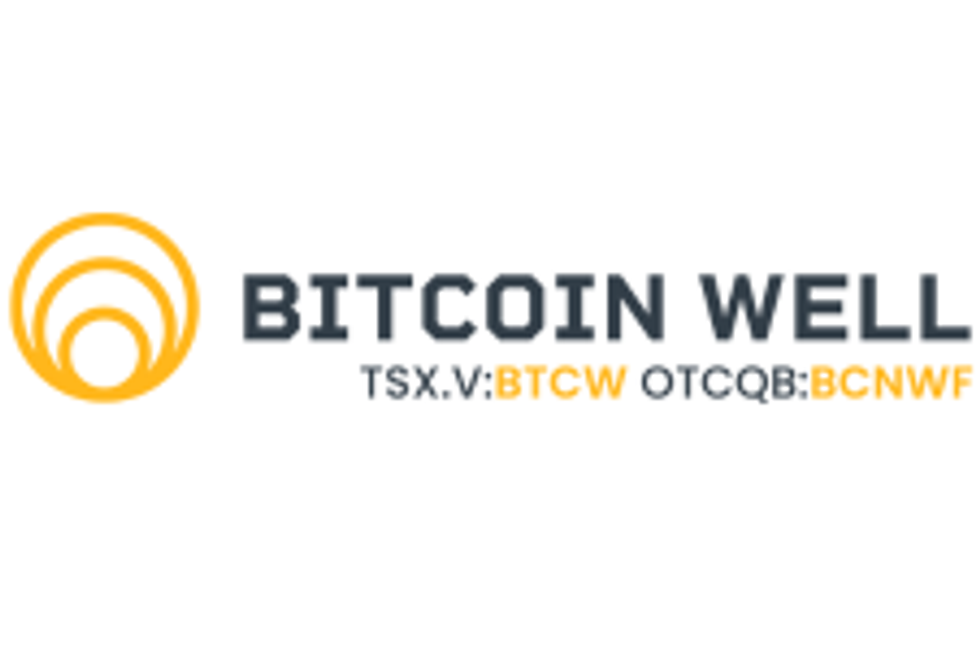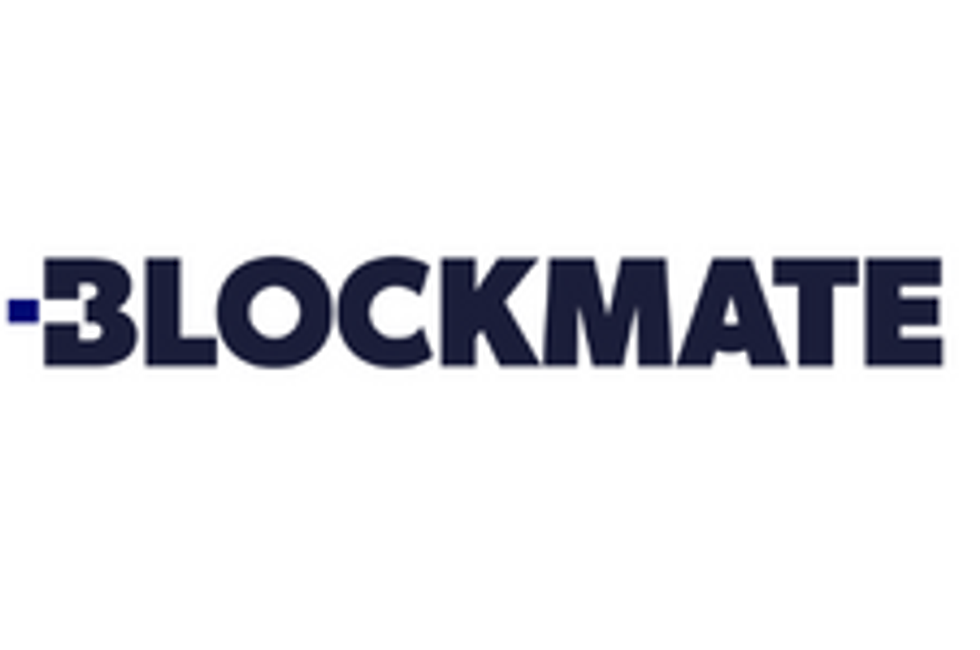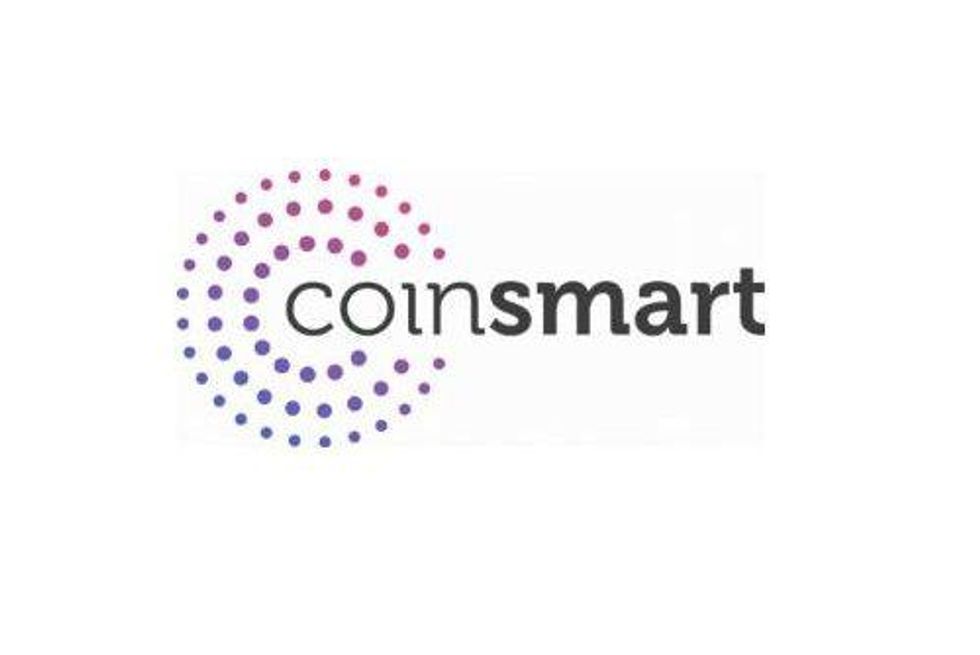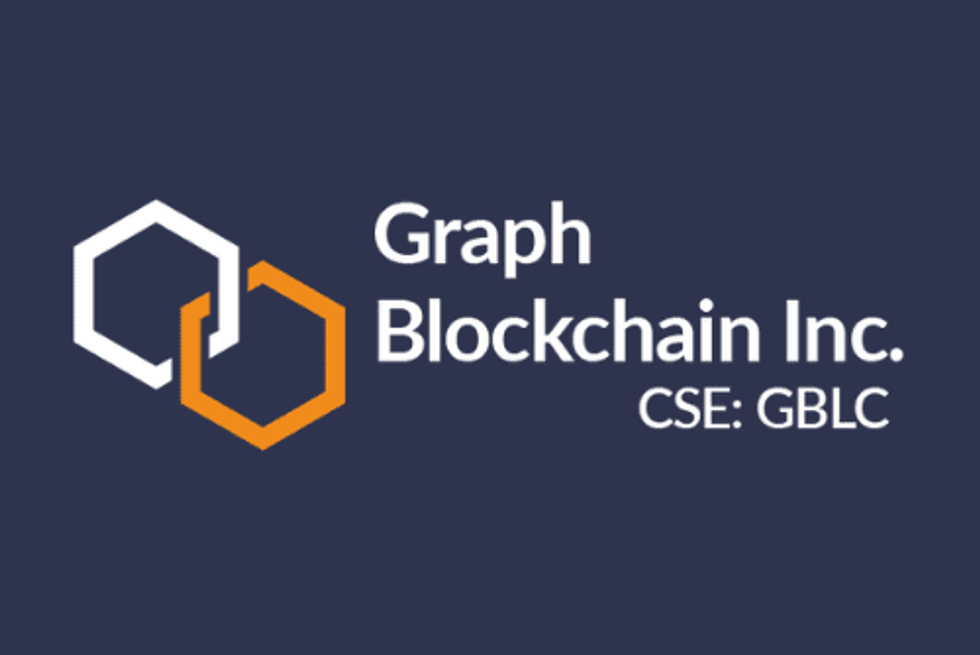Hyperledger’s Brian Behelendorf on Identity Management

INN spoke to Brian Behelendorf, executive director of open source blockchain organization Hyperledger Technologies, at Collision in Toronto.
Interview conducted by Georgia Williams; article text by Dorothy Neufeld.
Hyperledger Technologies is an open source blockchain organization that includes 250 businesses operating within its umbrella.
Leaders across a number of different industries worldwide, including IoT, finance, manufacturing, supply chain and technology, are developing software for blockchain technology solutions as part of the Hyperledger organization.
The Investing News Network (INN) spoke to Brian Behelendorf, executive director of Hyperledger, at the Collision Conference in Toronto last week. Behelendorf spoke about standardization and commercialization in the industry, a number of core blockchain applications and Hyperledger’s new identity management application, Aries.
Below is a transcript of the interview. It has been edited for clarity and brevity.
INN: Could you explain what Hyperledger is for a novice investor, somebody who is looking to get involved in your company?
BB: Hyperledger is a part of the Linux Foundation, the largest consortium in the open source technology domain. The Linux Foundation has been around for about 15 years, pulling together companies big and small, and other types of organizations, into a development environment to build common infrastructure as open source software. It was initially the Linux operating system, but now is in cloud computing, software-defined networking, automotive software and, for the last three years, in blockchain technology. So Hyperledger is along the same lines, a collection of 250 different organizations working together to build blockchain technology and infrastructure for deploying blockchain networks.
INN: On May 14, Hyperledger announced a blockchain-based identity management system called Aries. It says that it’s not a blockchain or an application. Can you describe that, as well as what its features are and what it intends to do?
BB: So blockchain technology is really about two underlying things that lie behind things like bitcoin and ethereum. This is the concept of distributed ledgers and smart contracts. And distributed ledgers are a special kind of database if you will; kind of a hybrid of a database in a network. They share resources amongst as many different companies as want to participate to be able to have a transaction record. Basically (they are) an immutable history of what we all did with each other, as well as a way to manage. If I send you an asset, I can’t send it to someone else at the same time, that would be fraud. So it’s a way to prevent a lot of these kinds of attempted fraud malfeasances in marketplaces.
One of the interesting applications of these applications is in identity management. In fact, here in Canada, the Government of British Columbia has deployed some of the technology coming out of Hyperledger, something called the Hyperledger Indy, for business registration purposes. Lots more to tell and talk about here, but inside Hyperledger, we have this series of technology projects that are basically building blocks for going and solving problems in the blockchain space.
Aries, the one that you mentioned, is the most recent one. It’s really a tool for helping build wallets that manage digital identity information and exchanging information. So when I have a wallet that holds, say, my passport or my driver’s license as a digital document, I can show it to you. Say you run a liquor store online and you want to make sure I am old enough, I can present this to you and you can verify the integrity of that using a blockchain. It’s not a blockchain-based service, but it’s one that depends upon the blockchain to verify the integrity of the claims that I am presenting. This is, again, a building block that we hope everyone building wallets out there for blockchain services adopts so that it helps drive standardization in the industry.
INN: You mentioned liquor stores as an example. What other systems and companies could use this Hyperledger?
BB: Within Hyperledger you have these different building blocks. And, really, every industry could be deploying this technology to solve problems. I haven’t found yet an industry that doesn’t have an information coordination problem or a fraud problem, or other types of digital assets challenges.
Whether it’s oil and gas, whether it’s healthcare, whether it’s government services and certainly in the financial markets, almost everything that financial markets do is about transactions and keeping a clear, auditable history and audit trail of what happens between banks, between brokers and dealers and all that kind of thing. So lots of different applications, generally speaking, for distributed ledgers and smart contracts and specifically with digital identity. There’s a lot of people working on this.
(I’m) really hoping that we can get past the Facebook (NASDAQ:FB) style of central directory, where everything interesting about you is at the other end of a name and password and managed by them. We are hoping to move more towards a model where you have a wallet, just like your wallet today, or your purse, that has your driver’s license, your cards for membership in a gym or membership in an insurance plan and then you present those as needed; something that is more local to you, that you have more agency over and that you know who you’re sharing this with and have the ability to pull that back when you need to. So that’s the kind of world that a lot of folks want to build, something that’s the inverse of the traditional model, and blockchain is the key enabler for that.
INN: There are certainly concerns when it comes to discussing security and blockchain, especially when it comes to identity management, like you were just explaining. Are there any challenges you see right now that will make the Aries system safer compared to other systems out there?
BB: Sure. The audience has probably heard of the GDPR, which is the European regulations around data privacy. Similar efforts are happening in some of the states, and I’m sure here in Canada as well, that are trying to be the policy backstop to that same kind of transformation that the technologists are trying to work on, so it is very harmonious between the two.
One key part of this is that we don’t use the blockchain to store personal information, we don’t use it to store your driver’s licence or store your health records. But, we use it in a very technical way to verify the integrity of your records. Another example would be: you’re a pharmacy and I have a prescription from my doctor. I take this prescription, it’s a document, I present it for you; you can verify that it came from a real doctor, that I haven’t added some zeros to the dosage or the quantity amount, and that it is the way that it should be by looking up these signatures in the distributed ledger and looking up the keys and that kind of thing.
INN: And that’s fascinating, connecting the digital with the tangible world as well.
BB: Oh yeah. In fact, beyond digital identity, a lot of the applications for this technology today have to do with using this system of record to track real-world assets — things like diamonds. There’s a big movement afoot to try to prevent conflict diamonds and diamonds that have been used to purchase weapons or mines that have used slave labor to try to keep those out of the market. It also helps you distinguish when you have a mid-sized diamond; did it come out of the ground or was it made in a factory somewhere? Because factory-made diamonds are getting better and better.
There are a number of projects, a couple of rather large ones actually, that are out there right now in production today tracing the origin of diamonds as they flow from the mine to the processor to the person who puts it on the ring or the jewelry to the retail outlet. It’ll get to the point soon. If you buy a mid-sized diamond or larger you would really want to make sure that the person selling it to you has a clear audit trail of where it came from. And that’s what blockchain technology provides.
Whether we’re talking about diamonds, whether we’re talking about salad greens or being able to trace E.coli in the contamination of lettuce down to the farm or the truck or the processor, it really is essential to fight contamination and to try to contain the economic fallout of those kind of issues. So lots of different assets being tracked in this kind of thing, and really every industry has an asset-tracking challenge.
INN: Speaking about blockchain and diamonds, being able to trace them from the mine to the buyer — it adds to the value because now you have the story.
BB: There’s certainly a value-added aspect to this, but there’s also a regulatory aspect. I mean, hopefully, at a certain point, diamonds that have come from slave labor mines or were used to purchase weapons will be avoided so that their value will become diminished and those mines will go out of business, or people will stop using such traceable types of instruments to buy weapons. That’s the real hope here, on both sides.
If we’re going to bother to set rules around how markets should work, or the type of society we want to build, we need the technology to help us enhance the verification and the audibility of those markets. We shouldn’t just have to trust a database because somebody trustworthy runs it, we should be able to verify the integrity and make sure that everyone who plays a role in that marketplace has the ability to know that their data is intact and accurately represented.
INN: Is there anything coming up for Hyperledger this year that we should be watching for?
BB: You know, we’re kind of a nerd’s paradise, so I understand if investors have a challenge understanding what comes out. Our goal is to build software that then gets commercialized and deployed by a company like an IBM (NYSE:IBM), or a startup or any IT vendor.
In fact, every major cloud provider now offers blockchain-as-a-service using Hyperledger technologies. So we are trying to get mass market adoption, hoping to be a Linux for this space, the same role that Linux today plays in the operating system space. We want to really empower an entire commercial ecosystem on top of this common technology, and we’re well on our way to doing that.
Don’t forget to follow us @INN_Technology for real-time news updates!
Securities Disclosure: I, Dorothy Neufeld, hold no direct investment interest in any company mentioned in this article.
Editorial Disclosure: The Investing News Network does not guarantee the accuracy or thoroughness of the information reported in the interviews it conducts. The opinions expressed in these interviews do not reflect the opinions of the Investing News Network and do not constitute investment advice. All readers are encouraged to perform their own due diligence.




